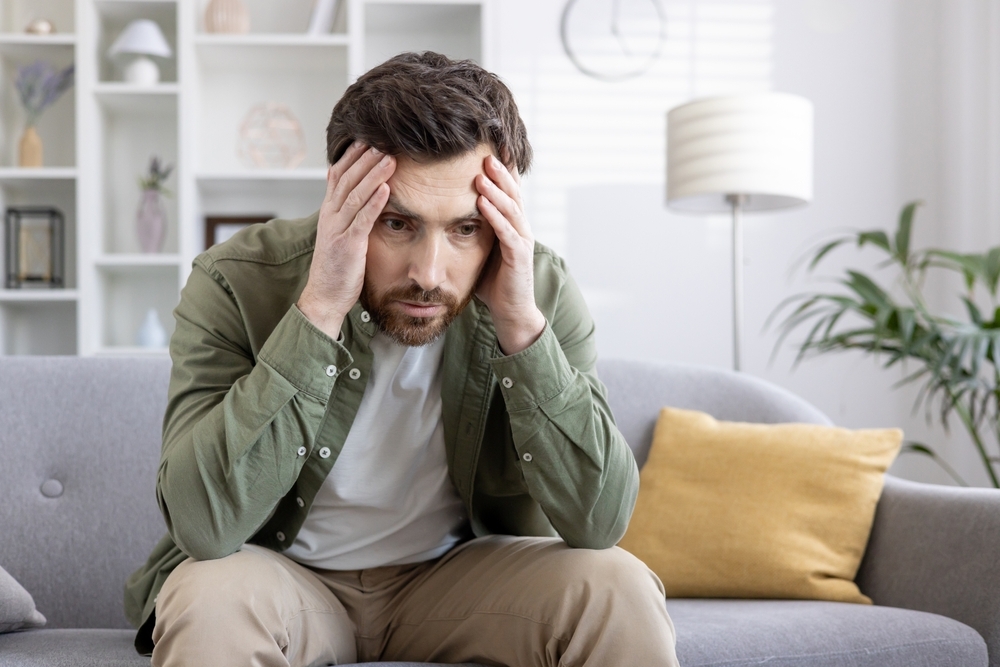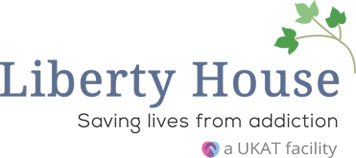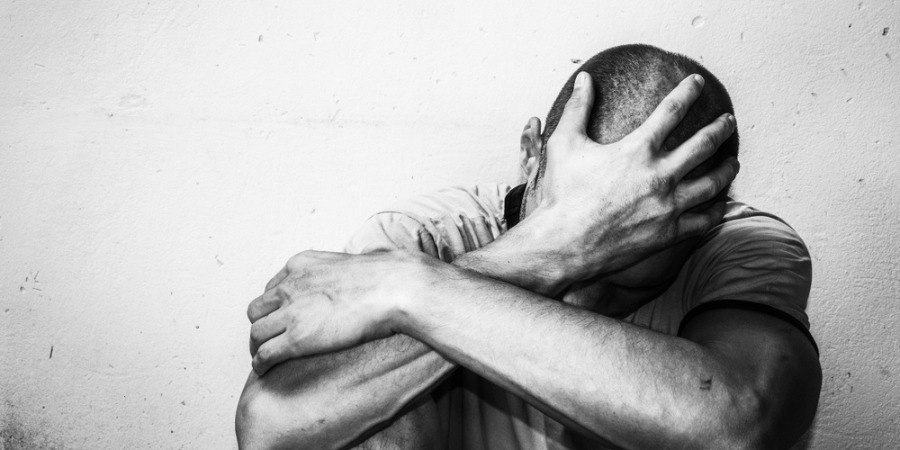
Last Updated:
September 18th, 2025
Addiction is a condition that affects the brain in profound and still not fully understood ways. What we do know is that substances like drugs and alcohol rewire the brain’s reward system, making it harder to stop even when someone desperately wants to. But here’s the good news: the brain has incredible powers of recovery, and through a process called neuroplasticity, it can heal, adapt and form new, healthier pathways.
Understanding how the brain recovers from addiction is key to maintaining hope during the journey of addiction recovery. Whether you are taking your first steps in addiction rehab or supporting someone else, here is everything you need to know about the brain healing process.
Addiction and the brain: An overview
We often think of addiction as being a physical condition, but it also has a massive effect on how our brains work. Both drug addiction and alcohol addiction flood your system with substances that produce huge releases of dopamine.
Eventually, your brain’s reward system gets hacked, and it stops being able to produce dopamine if you haven’t taken drugs or alcohol. That is why people who are addicted find it hard to derive any pleasure from natural rewards like spending time with loved ones or hobbies that used to be important to them.
On a scientific level, addiction rewires the brain’s neural pathways, especially in areas linked to reward, motivation and self-control. The longer addiction persists, the more these changes become ingrained. Addiction can even shrink parts of the brain responsible for decision-making and memory, while functional changes often cause addiction symptoms like cravings and emotional instability.
Neuroplasticity: The brain’s ability to heal
While all of that makes pretty grim reading, our brains are incredible at adapting and learning, a quality known as neuroplasticity. It is this natural ability of the brain to rewire itself that is one of the most hopeful aspects of addiction recovery. When addiction rewires the brain in harmful ways, neuroplasticity allows those changes to be reversed, paving the way for healthier thoughts, behaviours and habits.
During addiction treatment, neuroplasticity helps the brain gradually rebuild the pathways damaged by prolonged substance use. For example, as you learn new coping mechanisms through addiction rehab therapy, the brain starts creating stronger connections in those areas responsible for decision-making, self-control and emotional regulation. This is how addiction recovery becomes not just a mental or physical process but a biological one, too.
Timeline for rewiring the brain
Rewiring the brain from addiction doesn’t happen overnight. It is a process that unfolds in stages as your brain adjusts to life without substances. Here is a closer look at the general timeline for addiction recovery and what happens during each phase:
First few days and weeks: The detox period
In the early days of quitting drugs and alcohol, your brain and body go into shock. This is the detox phase, where withdrawal symptoms kick in as your brain adjusts to the absence of substances. During this time, neurotransmitter levels, particularly dopamine, are out of balance, which can cause cravings and make you moody and anxious. This is why medically supervised detox at a clinic like UKAT is so important because it provides the care you need to get through this tough period safely.
Months one to three: Stabilisation
As you move beyond detox, your brain begins to stabilise as neurotransmitter levels start returning to normal. You should notice your mood improving, sleep patterns becoming more regular and the “foggy” feeling beginning to lift. During this time, addiction rehab focuses on new coping strategies for the struggles in your life and creating a structured routine to help your brain form its new, healthy pathways.
Six months to a year: Repair and growth
By this stage, your brain should have made significant progress in healing. Your memory and decision-making will have improved a lot, and you will feel more emotionally balanced. Healthy habits developed in rehab, like meditation and mindfulness, coupled with ongoing therapy, will help solidify these positive changes. This is a key time to stay committed to your addiction recovery plan as it strengthens the new connections in your brain.
Beyond a year: Lifelong rewiring
Even after a year, the brain continues to heal and adapt. The longer you maintain sobriety and practice healthy habits, the stronger and more natural these changes become. This ongoing process of rewiring is why UKAT’s aftercare and alumni programmes are such vital parts of long-term addiction recovery.
Factors that influence the brain’s rewiring
There are several factors that influence how quickly or slowly the rewiring process happens which means everyone’s experience is different:
Tips to support the brain’s healing process
Recovering from addiction means helping your brain learn new habits and forget the old ones linked to drugs or alcohol. Here are some friendly tips to help your brain along the way:
Final thoughts
It truly is amazing how powerful the human brain can be. Even after addiction, our brains can bounce back and learn new ways to live happily without substances. This ability gives everyone struggling with addiction a real shot at lifelong recovery.
If you or someone you know is dealing with addiction, don’t wait. Reach out for addiction treatment at UKAT, and we can help rewire your brain and set you on the path to a healthier, substance-free life. Start your journey today and take back control of your future.
(Click here to see works cited)
-
- Cherry, Kendra. “Neuroplasticity: How Experience Changes the Brain.” Verywell Mind, 17 May 2024, https://www.verywellmind.com/what-is-brain-plasticity-2794886. Accessed 7 January 2025.
- O’Brien, Charles P. “Neuroplasticity in addictive disorders – PMC.” PubMed Central, https://pmc.ncbi.nlm.nih.gov/articles/PMC3181920/. Accessed 7 January 2025.
- Puderbaugh, Matt, and Prabhu D. Emmady. “Neuroplasticity – StatPearls – NCBI.” NCBI, https://www.ncbi.nlm.nih.gov/books/NBK557811/. Accessed 7 January 2025.





